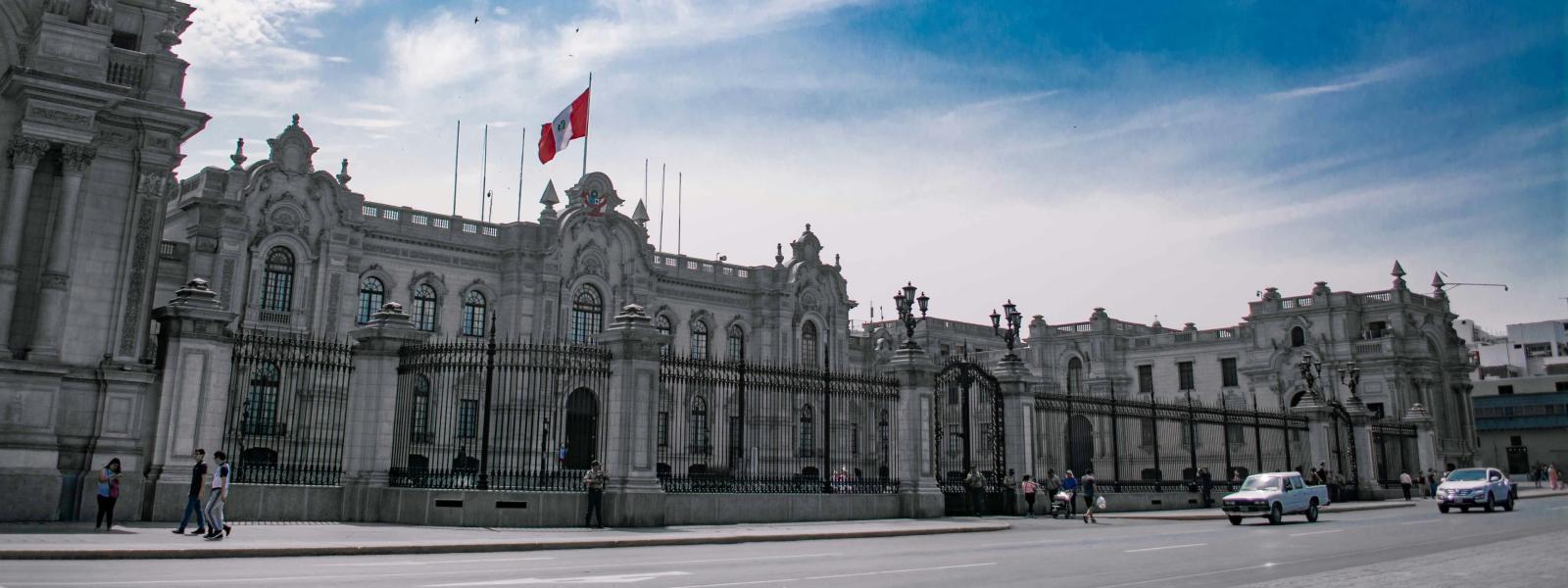
Pasantía para Apoyo Legal en Perú
Fecha de publicación del anuncio: Julio de 2025.
Fecha límite de postulación: 23 de julio de 2025.
¿Quiénes somos?
La Asociación Interamericana para la Defensa del Ambiente (AIDA) es una organización regional sin fines de lucro que usa el derecho y la ciencia para proteger el ambiente y a las comunidades afectadas por el daño ambiental, principalmente en América Latina.
Tenemos más de 25 años de experiencia en ejercer el poder del derecho internacional para lograr victorias de conservación y de protección de los derechos humanos. Nuestro equipo legal y científico entiende el contexto legal y político de la región porque nació y vive en América Latina. Brindamos asesoramiento gratuito que sirve de puente entre comunidades, movimientos locales, organizaciones nacionales, gobiernos y organismos internacionales.
¡Necesitamos tu apoyo!
OFRECEMOS la oportunidad de aprender de nuestro equipo de trabajo, conformado por personas especializadas en la defensa del ambiente y los derechos humanos: profesionales del derecho, de las ciencias duras y de otras áreas como la administración, la recaudación de fondos y las comunicaciones.
Requerimos pasantes en Perú para ser parte de nuestro equipo en 2025 y apoyar nuestro trabajo legal en ese país por un periodo inicial de seis meses que puede extenderse hasta por un año. Requerimos personas con interés en trabajar por el ambiente y los derechos humanos en América Latina, además de una disponibilidad mínima de medio tiempo.
Las pasantías en AIDA son remuneradas y se realizan de manera virtual.
Perfil buscado
Buscamos abogados/as o estudiantes de derecho (de sexto semestre en adelante) con conocimientos o interés en:
- Derechos humanos.
- Derecho ambiental.
- Salud en Perú.
- Defensa del ambiente y de los derechos humanos en Perú.
Buscamos personas que de preferencia cuenten con experiencia laboral en entidades del Estado, así como en sistematización de información, y que tengan redacción clara.
Se valorará el manejo de inglés, pero no es un requisito excluyente.
Documentos de postulación
- Currículo vitae u hoja de vida actualizada. Solicitamos encarecidamente abstenerse de enviar información personal como fotografía, edad, estado civil, etc.
- Carta de intención mencionando el motivo por el que deseas colaborar con AIDA y tu experiencia y/o interés en temas como derechos humanos, derecho ambiental y salud en Perú.
¿Cómo postular?
Para postular, las personas interesadas deben llenar el formulario de postulación, en el cual podrán incluir la documentación requerida, a través del siguiente enlace.
Por favor, asegúrate de completar todos los campos requeridos en el formulario. Solo se procesarán las solicitudes que tengan la documentación completa. Para cualquier pregunta o comentario, favor de escribir a: [email protected].
Se recibirán postulaciones hasta el 23 de julio de 2025.
Solo se procesarán las solicitudes que tengan la documentación completa.
Para conocer más de AIDA, suscríbete a nuestro boletín de noticias y síguenos en Instagram, LinkedIn, Facebook y X.
